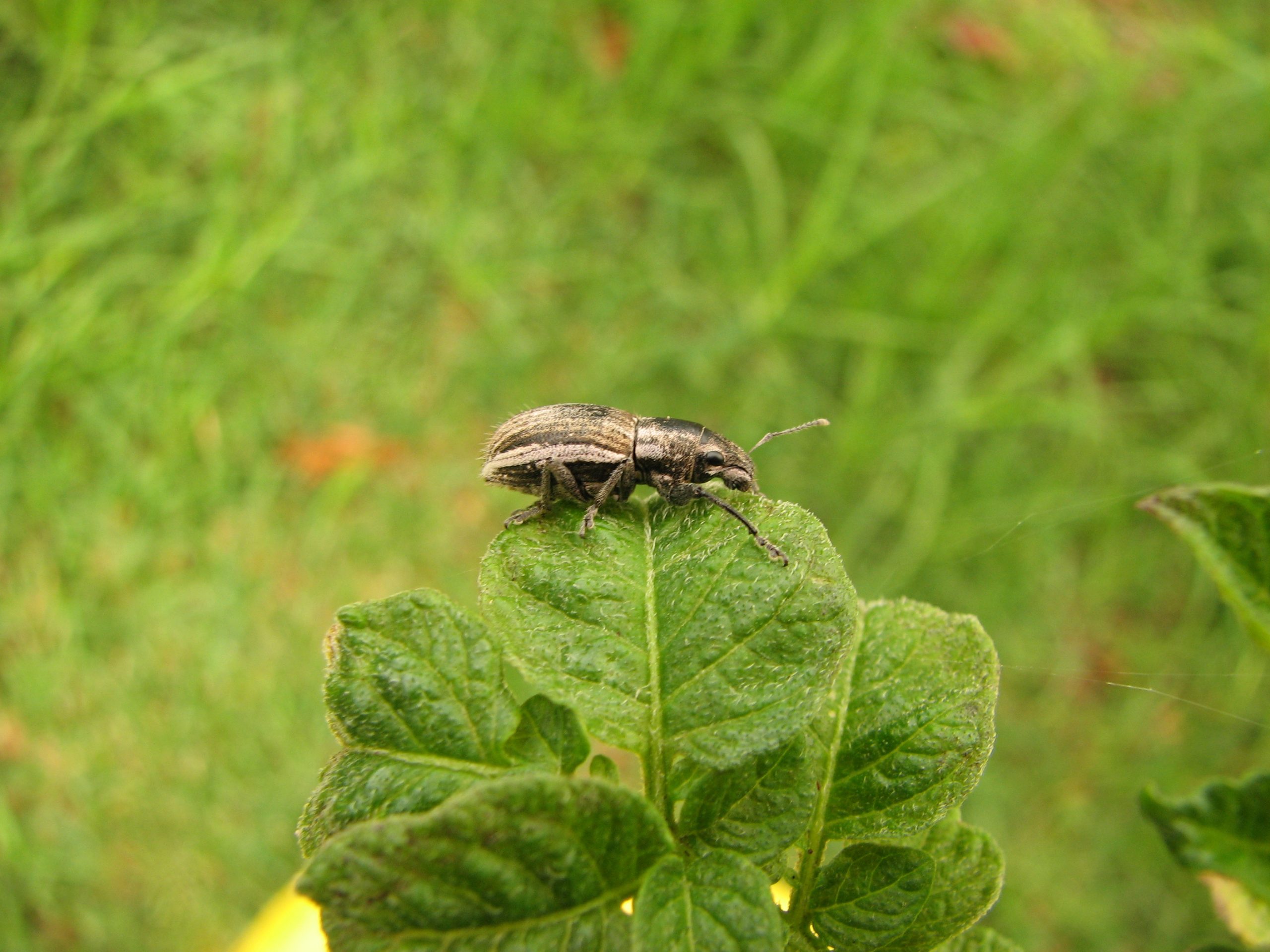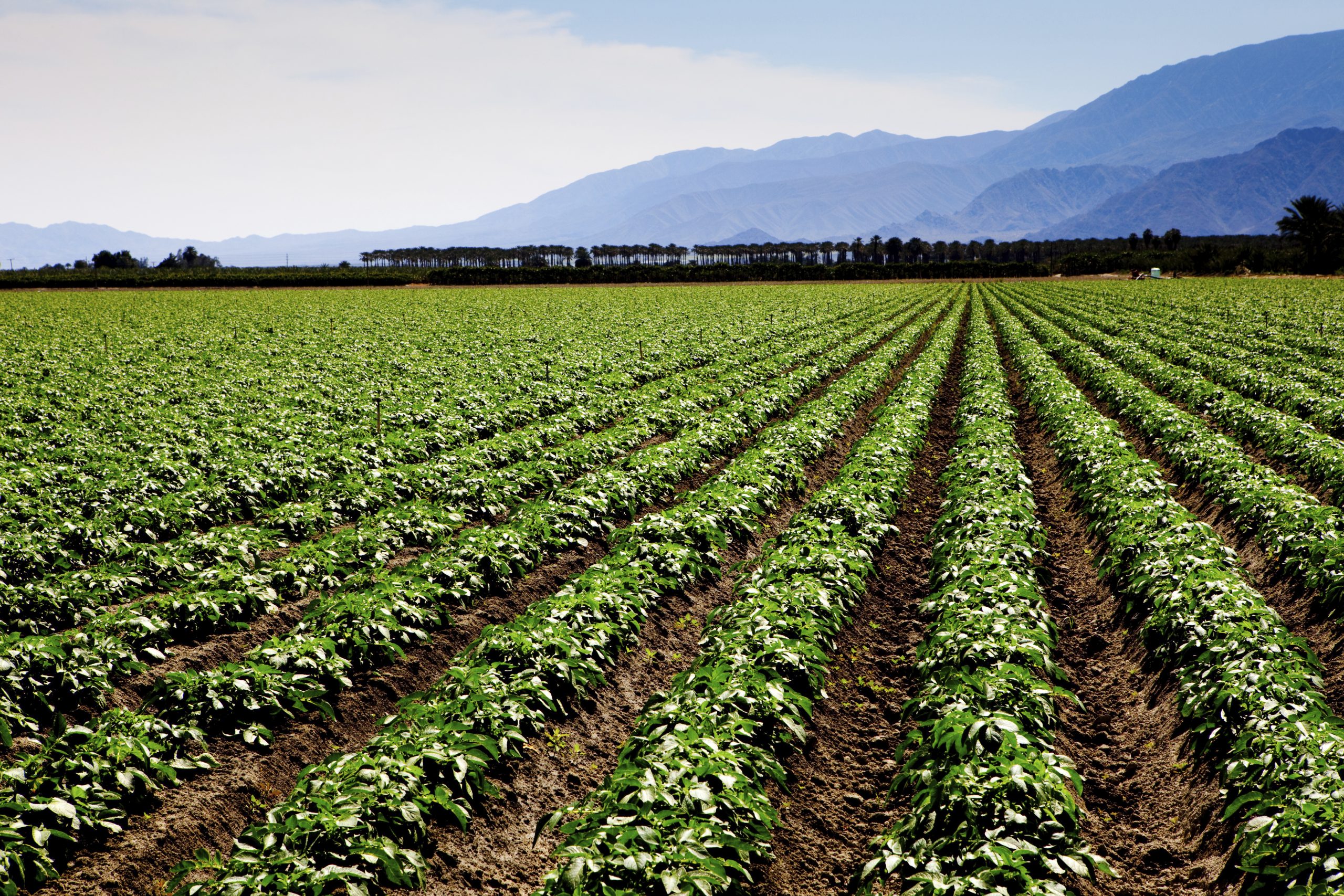
Project reflection: Managing white-fringed weevils
13 March 2020
Reflection: Study trip to New Zealand highlights lessons learnt from TPP
13 March 2020Many Australian potato growers struggle with the disease pink rot, particularly after experiencing a high amount of rainfall on their crop. In June 2017, Potatoes Australia spoke to South Australian Research and Development Institute (SARDI) Senior Research Scientist Barbara Hall about managing pink rot, and previous projects that have been undertaken into the disease.
Pink rot is a serious soil- and tuber-borne disease, which is prevalent in Tasmania, south-east South Australia and areas of Victoria that receive substantial rainfall.
Caused by the fungus Phytophthora erythroseptica and sometimes by P. cryptogea, pink rot infects all below ground parts of a potato plant and can be spread by symptomless tubers as well as water. In its early stages, pink rot causes a leathery look to the infected tuber. Unlike soft rot, pink rot is a more solid rot. When exposed to air, the cut tubers turn a characteristic pink colour within 15 minutes of cutting and then turn black over a couple of hours.
Pink rot can spread rapidly in the right conditions – warm (15- 25 degrees Celsius) and wet soils. Cultivars vary in susceptibility, and while P. erythroseptica mainly affects solanaceous crops, it has a wide host range and can survive on plant roots without any symptoms. It can also survive for long periods in the soil.
South Australian Research and Development Institute (SARDI) Senior Research Scientist Barbara Hall was involved in two projects funded by Horticulture Australia Limited (now Hort Innovation): Pink rot control in field and storage (PT97004) and Potato pink rot control in the South East of South Australia (PT01042).
“We did quite a bit of work on pink rot in 1997-02. There was a problem with pink rot in the south-east, and growers were having a bit of trouble with it so they wanted to look at how to control it both in the field and in storage,” Mrs Hall said.
Over the two projects, 15 field experiments were undertaken to investigate fungicides including metalaxyl (Ridomil) for controlling pink rot.
Disease management
While previous research has found that there is some benefit of using phosphonic acid as a foliar spray, Mrs Hall said that metalaxyl is still the best fungicide to manage pink rot in potato crops.
“There are some other fungicides in that same group, but certainly metalaxyl was the one that seemed to work the best. The issue is that in some areas, it started to show reduced sensitivity and there seems to be a problem with control of pink rot for the whole season, because it’s usually applied at planting,” Mrs Hall explained.
Potato growers are advised to practice good crop rotation and avoid practices that lead to water logging, such as compaction. Removing all volunteer and potential hosts from paddocks, as well as avoiding the harvest of contaminated tubers, are also recommended to control pink rot.
PREDICTA® Pt diagnostic services are available through accredited SARDI trained agronomists, however the predictive test for pink rot is still in the development phase.
“Developing the actual molecular test for detecting the pathogen is relatively easy; it’s actually working out what it means for disease risk in the field – that’s the bit that takes the most research,” Mrs Hall explained.
Further advice
The key message from Mrs Hall is to avoid relying wholly on fungicides to manage soil-borne diseases such as pink rot, and utilise all tools available including crop rotation, water management and inoculum reduction.
Growers should also make sure they are aware of whether pink rot is the cause of issues in their crop, or if it’s another problem.
“Most of the time when it gets to harvest, the rotted tubers get invaded by soft rot. So, you can get a lot of soft rot at harvest and you won’t necessarily know whether it’s come in on the pink rot or not,” she said.
“It’s important to be aware of whether you’ve got the problem or not because there’s no point in putting out a lot of metalaxyl if you don’t have the problem.”
Find out more
The final reports for PT97004 and PT01042 can be found on the AUSVEG InfoVeg database.
The topic for this article was selected following the results of A review of knowledge gaps and compilation of R&D outputs from the Australian Potato Research Program (PT13013).
The final report for this project can also be found on the InfoVeg database.

